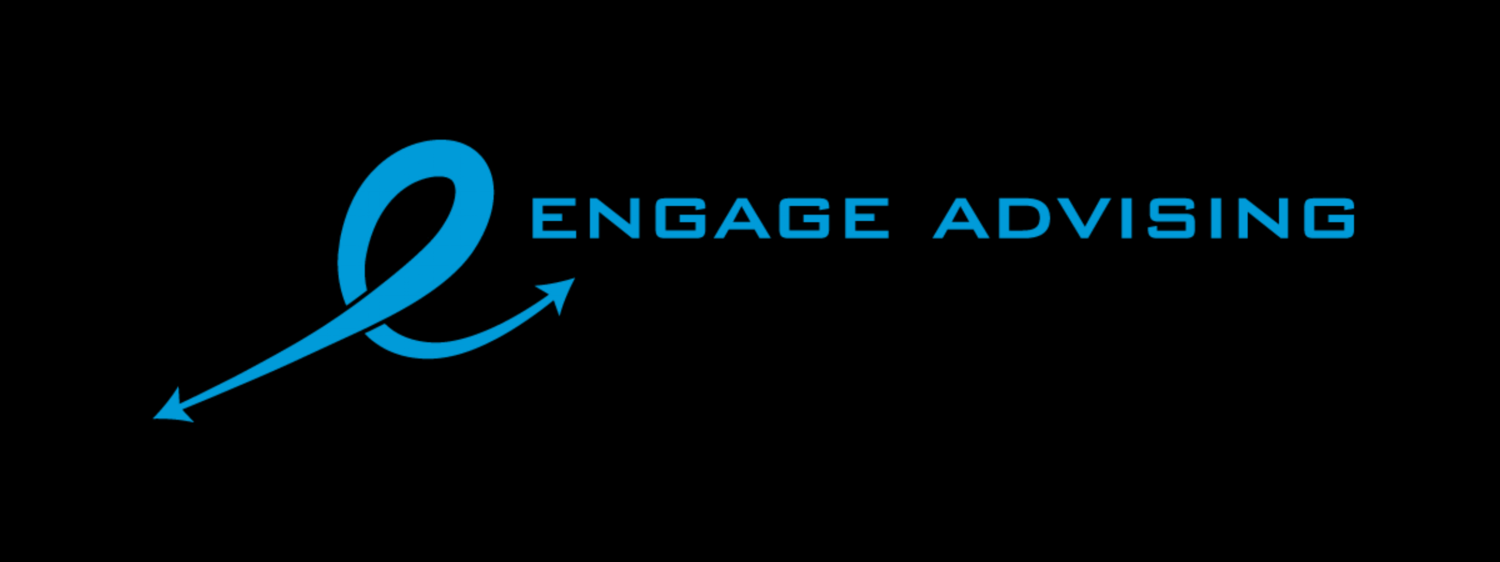I’m frequently asked about how to hold cash for the emergency fund, and where to put savings for earning the most interest. These two are related and even extend into budgeting and goals. For example, saving for a specific long-term goal may require a designated account so you can see your progress. Let’s take a look at some recommendations.
For the most part, we’re talking about opening multiple savings accounts. Really, they’re most likely subaccounts if they are at the same institution and under the main savings account. Many of the best, high-interest accounts are now online. To better serve you, these online banks tend to be lenient with allowing you to create multiple savings accounts within your main account. This is the ticket for creating specific savings categories and funding goals.
Some have limits to the number of accounts you can create, so approach this with intention. If you do have a need for a specific goal, you could create an account and name it for that goal. Some banks refer to this as a nickname for the account. If you are limited to the number of subaccounts you can create, you may wish to use more general names like emergency fund, travel, and annual insurance (or property tax). The point is, make it work for you.
Before you dash off and start opening accounts, look a little closer to home. Does your current bank offer you an express account opening for a high-yield savings account? If so, this might work for you. If your bank doesn’t offer a high-yield savings option, time to shop!
Watch the details! Often times to qualify for cash promos on new accounts, you need to complete a certain amount of, or certain types of, transactions within a designated period to be eligible for cash bonuses for example. Don’t chase the promo bonus, chase the best option for your needs.
Read the fine print! I am big believer in free accounts that don’t charge minimums or monthly fees on our money to just sit there. Make sure the account is indeed free of monthly charges and other fees.
Be aware of minimums. Some banks require a minimum deposit to open an account, or a minimum monthly balance. Some savings accounts actually have a maximum! You can only make a maximum of six withdrawals per month. Make sure you know the minimum amount required to open and fund the account, the maximum per month transactions you can make, and any other account rules.
Prior to opening your account and transferring the money, confirm how many savings accounts, or subaccounts, you can have with your preferred provider. You need to be sure the provider you’ve selected will suit what you want to do. Most offer a substantial number of accounts per owner, but just check to be sure.
For some, keeping all their cash in one savings account works fine. For others, we need to see those specific accounts for each need. Having multiple savings accounts named for a specific purpose, and reflecting a current balance, makes your goals real and your planning easier to visualize. And remember, the goal of cash savings isn’t to grow rich or outperform the markets, the goal is for the cash to be there when you need it. Earning a higher percentage from a high-yield account vs. a regular savings account is an added bonus.
As an independent CERTIFIED FINANCIAL PLANNER™, I can help you plan for your goals. Contact me and let’s get started on a new goal whether it’s a savings plan, retirement plan, debt reduction, or something specific. #talktometuesday #education #Hireaplanner #stressfree #savings #highyield #goals #resolutions #2023 #debtfree #budget #CFPPro #LetsMakeAPlan #SMART


